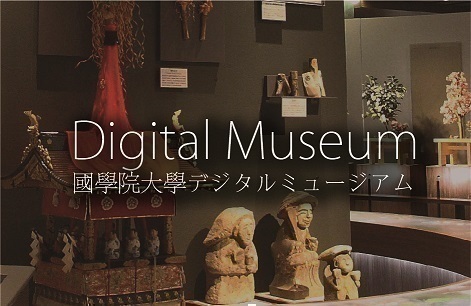- トップ
- Encyclopedia of Shinto
- Junrei, junpai
Encyclopedia of Shinto
| Main Menu: | |
| Links: |
詳細表示 (Complete Article)
| カテゴリー1: | 6. Belief and Practice |
|---|---|
| カテゴリー2: | Divination and Supplication |
| Title | Junrei, junpai |
| Text | According to idiomatic use, the terms junrei and junpai both refer to a form of "circuit pilgrimage" in which multiple shrines, temples or other religious centers are visited on a single occasion or as part of a single journey, but the term junpai appears to have broader application. The purpose of junrei and junpai may be to receive blessings or merit (kudoku) from kami and buddhas, to make supplications or express gratitude to kami and buddhas, or as an expression of penance and ascetic practice. In general, the term junrei tends to have stronger Buddhist connotations, specifically referring to the custom of visiting multiple temples or other religious centers (the number being based on various Buddhist doctrines and associations), with the purpose of deepening one's faith. While worshiping at the destination sites is certainly important, even greater emphasis is placed on the entire process of travel and the circuit of traveling around to the multiple sacred sites, so that in principle the pilgrim is enjoined to lead an ascetic life during the period of pilgrimage. On the other hand, as more generally used, the term junrei tends to emphasize the activity of paying worship at the destination site, and in that sense it is used, for example, to refer to the practice of traveling to multiple shrines to make supplications. The most typical junrei in Shinto is likely the "thousand-shrine pilgrimage" (senjamairi) and "one-hundred shrine pilgrimage" (hyakushamairi) thought to have begun during the early modern period in imitation of Buddhist practice. The practice seems to have been based on the concept that, in contrast to the practice of making numerous supplicatory pilgrimages to the same shrine (as in the case of the ohyakudo), people would make single pilgrimages to numerous shrines across a region, in hopes of increasing the chances of their prayers being fulfilled, and that practice was also reflected in the competition to paste personal identifying labels (called senjasatsu) on the highest possible point of the shrine one visited. Other cases of circuit worship (junpai) would include the practice of making new year's visits to shrines where the "seven gods of good fortune" (shichifukujin) are enshrined, or the practice of visiting eight shrines where the deity Hachiman (lit., "eight flags") is enshrined (called the hassha Hachiman mairi), or the shichi torii mairi ("pilgrimage to seven taboo gates") or shanichimairi ("pilgrimage on shrine day"), all of these being customary forms of multiple or circuit pilgrimages that can be found in various localities. In many cases such customs have the purpose not only of fulfilling vows or prayers, but also of providing recreational value. — Suzuki Kentarō |




